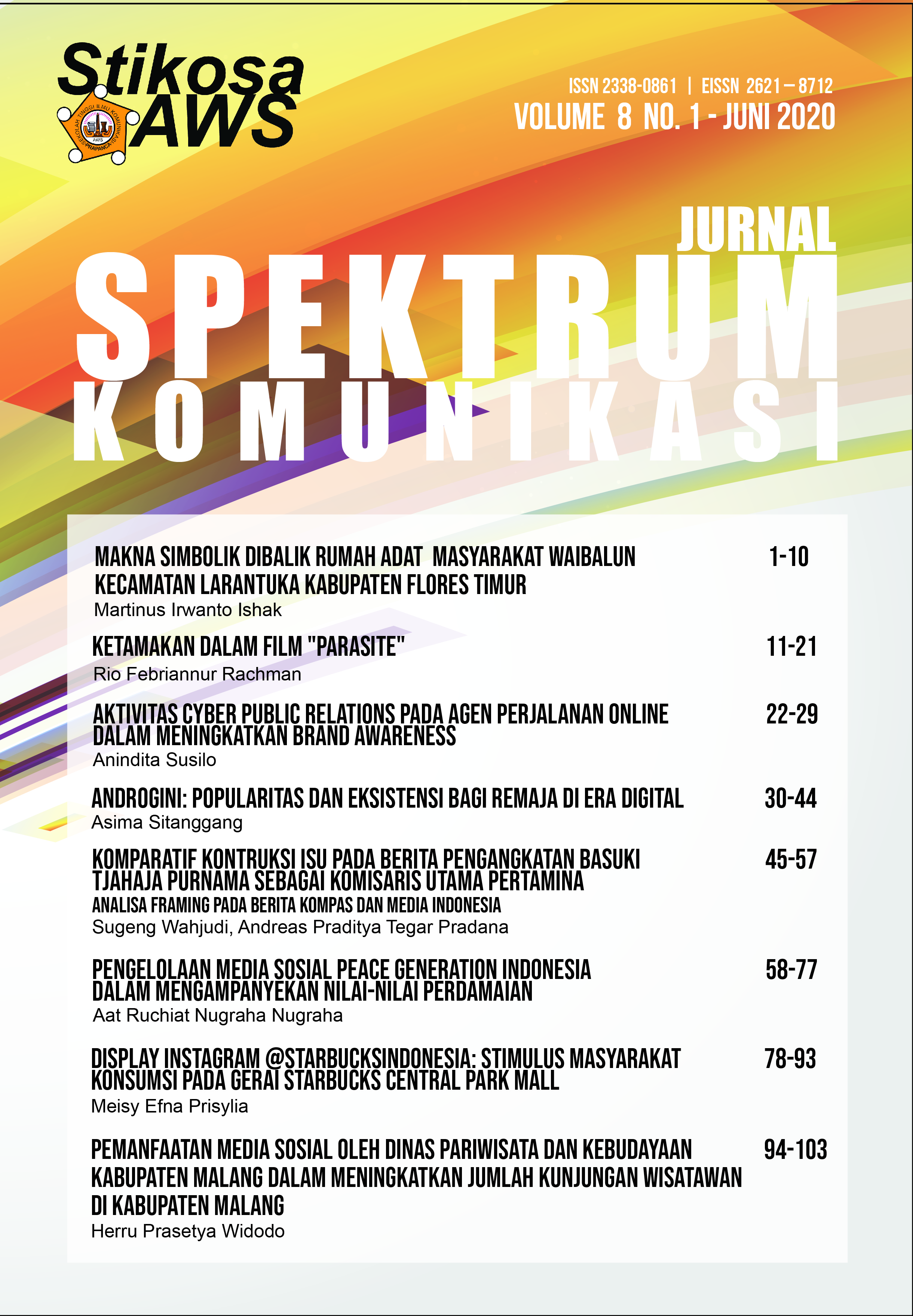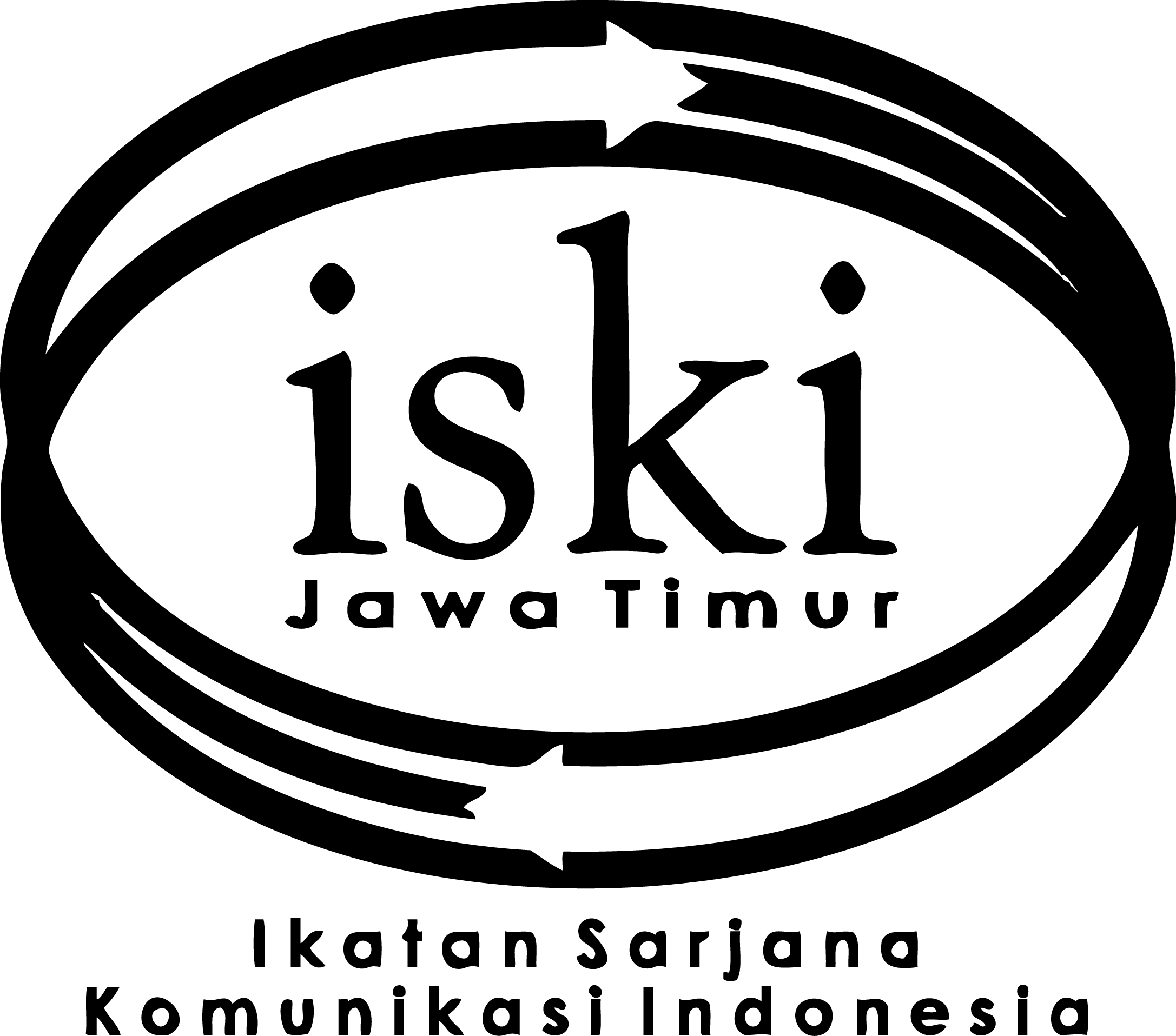Symbolic Meaning Behind Traditional House Of Waibalun Community Larantuka Sub District, East Flores Regency
DOI:
https://doi.org/10.37826/spektrum.v8i1.58Keywords:
Culture, Languange, Symbolic meanings, Traditional houses, Waibalun communityAbstract
Every culture has its function and meaning. The function and meaning, on the one hand, can be understood in plain view but on the other hand, requires a series of approaches to understanding it well. Of course, the meaning and function of a culture can only be understood in full by the people who use that culture. Furthermore, culture or culture cannot be separated from the language itself. Language becomes one of the determining elements to understand well the nature of a culture. Language can translate the meanings and symbolic meanings of a form or object used in a culture. The Waibalun community in Larantuka Sub-district, East Flores Regency has several symbolic meanings that are expressed in their traditional houses. Therefore, this study specifically examines the symbolic meaning found in traditional houses belonging to the Waibalun community. To answer the purpose of this study, the researcher used a qualitative method with data collection techniques that were interviews and documentation. The results of the research show that the symbolic meaning of the traditional house of the Waibalun community is a determinant of group identity, as a form of religion/respect for ancestors, as a form of appreciation, as a determinant of social status and as a form of livelihood. Besides, the traditional house owned by the Waibalun community has several symbolic meanings that give importance to life and the future of each generation. Surely this symbolic meaning is important and needs to be preserved so that it does not become extinct by the changes of the times.
References
Bala Gawen, Alexander. (2012). Pemerolehan dan Pembelajaran Bahasa. Ende: Nusa Indah.
Bawa, I Wayan dan I Wayan Cika (penyunt.). (2004). Bahasa dalam Perspektif Kebudayaan. Denpasar: Universitas Udayana.
Devianty, R. (2017). Bahasa sebagai cermin kebudayaan. Jurnal Tarbiyah, 226-245.
Herdono, I., & Arinda. (2019). Pengaruh Terpaan Tayangan Youtube “Londokampung” Terhadap Tingkat Pengetahuan Bahasa Suroboyoan pada Subscribers di Surabaya. Jurnal Spektrum Komunikasi, 7(1), 93-101. https://doi.org/10.37826/spektrum.v7i1.31
Keraf, G. (2010). Diksi dan Gaya Bahasa. Jakarta: PT Gramedia Pustaka Utama.
Redynadianti, M. A., & Abdurrahman, M. S. (2018). Pola Komunikasi dan Budaya Komunitas Hiking di Bandung (Studi Deskriptif Komunitas Bandung Hash House Harriers). e-Proceeding of Management, 4144.
Sartini, Ni Wayan, diakses dari http://joural.unair.ac.id/MPK@tinjauan-teoritik-tentang-semiotik-article-2070-media-15-category-8.html.
Soemitro, Hanitijo Ronny. (1990). Metodologi Penelitian Hukum dan Junimetri. Jakarta: Yudhistira.
Subur, Alex. Semiotika Komunikasi. (2003). Bandung: Rosda.
Sugiyono. Metode Penelitian Kombinasi (Mixed Methods).(2016). Bandung: Alfabeta.
Suhaeb, L. A. (2010). Memaknai Budaya Lokal dan Global dalam Pengajaran Bahasa Asing. Lingua Didaktika, 145-151.

























